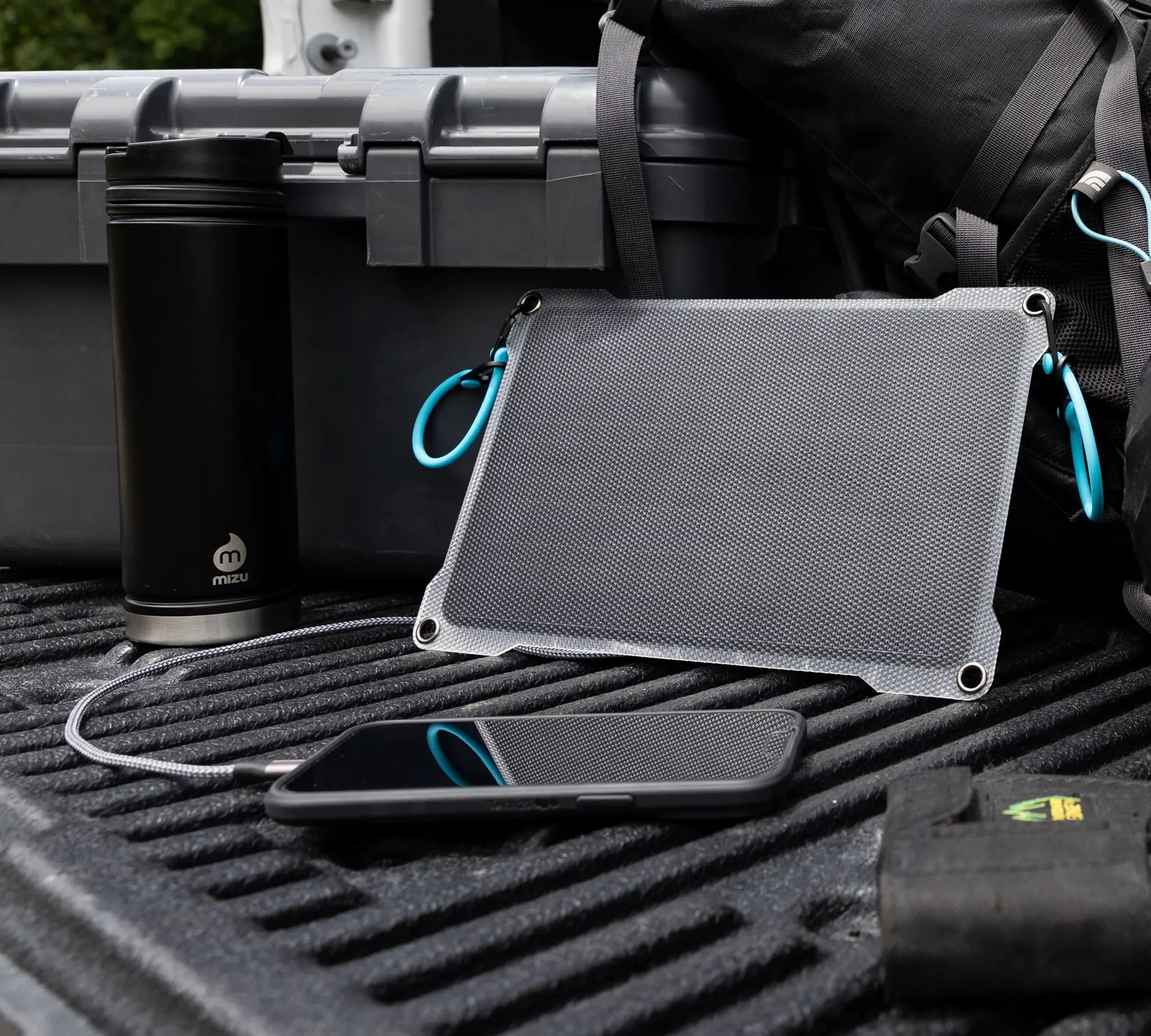Scientists Discover a Way to Make Rechargeable Batteries Better

We think rechargeable battery technology is already awesome, compared to old school single use batteries. But as with anything, there is always room for improvement. So we were pleasantly surprised to learn that a group of Japanese scientists have discovered a way to make rechargeable batteries even better than they are now.
Their research is based on two primary goals:
-
Stabilizing lithium and sodium ions in a battery electrolyte, and
-
Improving or finding new metals for anode and cathode.
They have achieved the first goal. In so doing, they have proven they can reduce the formation of dendrites inside rechargeable battery cells. Reducing or eliminating dendrites improves stability, reduces the risk of short circuit, and slows down battery degradation.
A Simple Explanation
We would like to offer a simple explanation of what the researchers have discovered. It starts with dendrites. Dendrites naturally form inside lithium-ion batteries just through the process of ions moving back and forth in the electrolyte. Battery manufacturers expect this and plan for it. The problem is that, over time, these dendrites affect performance and internal stability.
The researchers believe they can stabilize lithium and sodium by introducing what is called a 'multivalent cation'. Without getting into the details of what that means, one of the substances they chose was calcium. By introducing calcium ions into a battery's electrolyte, they were able to significantly reduce dendrite formation.
What It Means to You
Initially, their discovery will not mean much to you as a consumer. The researchers still need to complete the second stage of their work. But once it's done, we could end up with rechargeable lithium-ion batteries that offer greater power density, longer charge life, more total charges, and better performance. That is ultimately the goal.
We think this research is both poignant and necessary in a world that thinks nothing of throwing things away. We need to change the disposable mentality if we want to genuinely achieve sustainability goals. We are already doing our part by offering a superior alternative to disposable alkaline batteries. As for the Japanese researchers, they are trying to make rechargeable batteries even better than they are now.
A typical Pale Blue Earth USB-C rechargeable AA battery can be charged 1,000 times or more. What if we could bump that up to 1,500 or, dare we dream, 10,000? Remember, that every Pale Blue Earth battery gives you the equivalent service of more than 1,000 alkalines. Boosting total charges to 1,500 would be a 50% improvement. We could imagine that people some day will not need to buy new batteries for decades.
Improving Anode and Cathode
What's next for researchers? Improving the anode and cathode of a typical rechargeable battery. Their recently published paper suggests they are going to focus more on the anode right now. The goal is to improve the metal structure so that it holds up better to the punishment of ions moving back and forth.
Maybe they will continue with the same metals, seeking to improve alloys to come up with a more stable anode. They may choose to investigate entirely different metals. Either way, they hope to boost a battery's life cycle while simultaneously improving power density.
While they do their thing at Tohoku University, we will continue our quest to help consumers ditch their disposables. We will continue selling USB-C rechargeable batteries in all the most common form factors with hopes of converting more consumers of single-use batteries to finally make the switch. While you're here, let's start with you. Assuming you currently use alkaline disposable batteries, would you consider making the switch? Ditching disposables in favor of lithium-ion rechargeable batteries is a way to save money, reduce your personal waste stream, and help the rest of us as we seek to achieve common sustainability goals.
- Tags: Economical Sustainability







